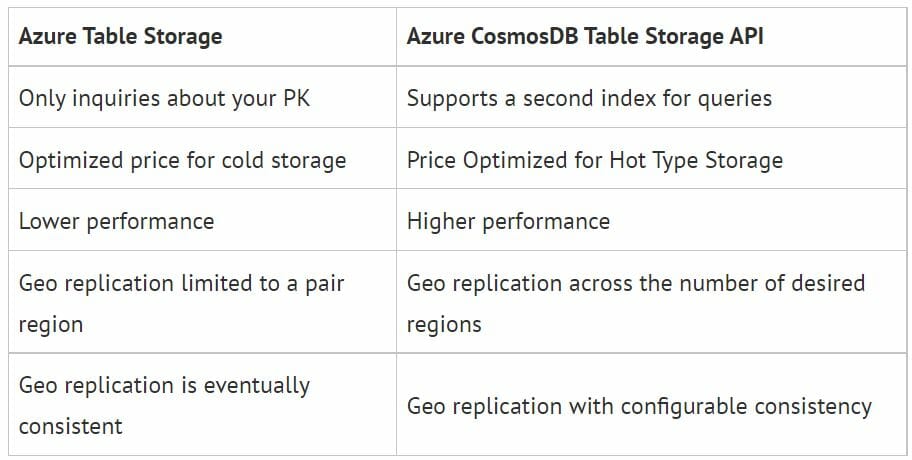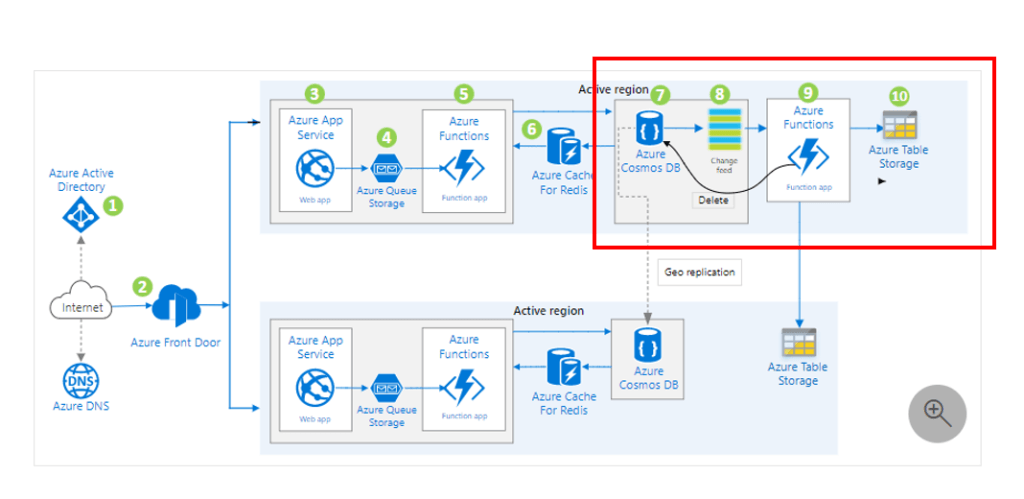The title presents two components that sound very similar, although each one has certain unique characteristics and it is thanks to them that they allow a very wide scope of use cases to be covered. If we also go down to detail, we see that they are not exclusive tools, since both complement each other in a very efficient way, which results in a contribution of value to the organization.
As I have already mentioned on more than one occasion, continuous learning is mandatory whenever you want to offer the best solutions. For this reason, it is highly recommended to visit the Azure Reference Architectures page from time to time and analyze the reasons for the different options, in order to discover the main characteristics of the components involved and, above all, assimilate what makes them special in order to satisfy aspects such as scalability, reliability, efficiency, security. In my case, it is a good practice that I have incorporated into the weekly task plan
As I said, technology is advancing at a good pace and in the case of data, especially. Well, the world of data is not limited to the area of Advanced Analytics and Artificial Intelligence, but goes much further. A good data architect must have an in-depth understanding of the pieces that best fit into the applications that must be built to meet the overall needs of the use case. It is for this reason that both their criteria must be taken into account by the Solution Architect, since they are the real expert in data processing and have the future global vision that will allow linking the solution with systems, now yes, Advanced Analytics and Artificial Intelligence.
Once the claim regarding “ put a data architect in your project ” is finished, I continue
Azure Table Storage is one of the storage formulas within the Azure Storage Account, something that makes it stand out thanks to its high efficiency in terms of cost per storage. Of course, always considering aspects such as the frequency of access.
NOTE : Remember that there are different configurations; Hot, Cold, Archive,… but they are outside the scope of this post.
If we go down to the analysis and comparison between the two we see that:

Of course, there are other important considerations when choosing the component, such as processing the data on a Change Feed based strategy, or encryption options for data at rest, or enabling multiple write regions or even implementing the option of “availability zones”, to improve the resilience of applications,… These are some of the aspects that make CosmosDB a perfect tool for data management.
On the other hand, they are common characteristics to both:
- low latency
- Scalability
- High availability
- flexible schema
- Key-Value
- NoSQL
And therefore, they fit perfectly into solutions like this one (red area) from Microsoft, where, thanks to the Change Feed from CosmosDB, data is integrated into Azure Storage Table in a very simple way thanks to an Azure Function that also eliminates the data moved in The origin.

Here’s the link to this architecture and also this link to the great Microsoft laboratory to implement an advanced analytics solution in real time through CosmosDB’s Change Feed.
CONCLUSION
The same thought expressed at the beginning of the post, we cannot stop analyzing architectures or sets of components that allow us to solve the different use cases that arise on a day-to-day basis in business environments. Today we have learned to differentiate between Table Storage and CosmosDB Table Storage, in addition to knowing a simple use case where to apply them together and finally delving into one of the main benefits of Microsoft’s NoSQL, its Change Feed.
Cover photo thanks to Andrea Piacquadio at Pexels

 English | EN
English | EN 
